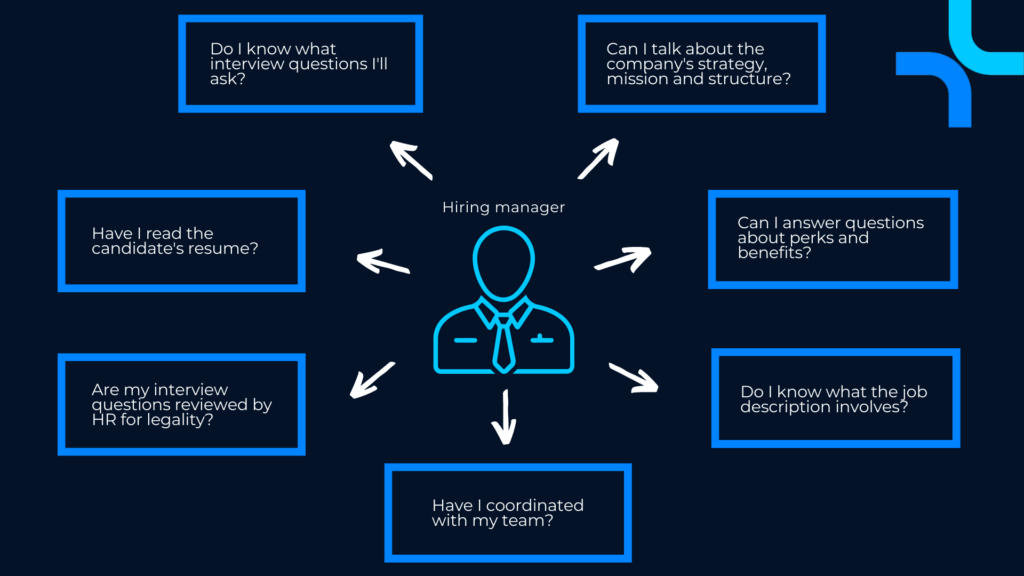As the slow season of summer comes to a close, fall (and the next hiring wave) is rolling in! The end of vacation season means decision-makers are back in the office, so it’s a great time to take a look at the processes you use in your organization.
Depending on what you do, that might mean taking time to review your reporting procedures, your tech stack – or most importantly – your recruitment strategy.
You see, there are three areas where lots of startups fall short of delivering a positive hiring experience:
- They have not updated their candidate facing messaging to reflect exactly who they are as people (as opposed to promoting product only)
- They focus too much on the number of the candidates and not enough on the candidate journey
- They focus more on acquisition than they do retention
So, here’s the real deal: it’s all fine and good to offer a great learning culture, rapid career growth, stock options and all of the other things that make a startup culture so appealing…
But if you don’t think you can compete with larger companies for salary expectations, then you really need to hone in on everything else that makes you great. This could be through messaging, the interview experience, onboarding, post-hire feedback opportunities, and team-building activities.
Below, we’ve listed five ways you can refresh your recruitment strategy and give your small business the best chance at hiring great people.
1. Revamp Your Website’s Career Page
If it’s been a while since you’ve refreshed your website’s career page, invest some time in giving it a thorough audit and consider refreshing the design. A new look is a great way to increase engagement with those who visit your career page and to show that your company is tech-forward and stays up-to-date with new trends.
There are really four major areas that you should highlight when giving your page a facelift: a call to action, a showcase of your people and your employer brand (everyone loves a good testimonial video), the perks or ‘value adds’ to working at your startup, and a smooth, streamlined UX.
Time is money, so the quicker you can convince a candidate to click ‘apply’, the more ROI you’ll start to see from the cost of building that gorgeous careers page. Take a peek at 10 examples of companies who are getting it right.
For an in-depth look at how to avoid common career page blunders, check out our other blog post and avoid making mistakes and ultimately stop wasting your time, effort and moulah.
2. Review and Update Your Messaging to Potential Candidates
Times have changed, particularly over the last year. Make sure the messaging on your career page reflects what you want your recruits to know about your company, as well as what candidates typically want to know about what you do.
This can be everything from what your startup’s values are, to details on your immediate and future work environment (remote, hybrid, in-office?), right down to team building and Slack channels. Or, like us, include a link to a custom Spotify playlist to really show candidates what your team is like.
3. Follow Up With New Hires For Feedback About Your Interview Process
The best way to find out how you’re doing when it comes to interviewing candidates is to ask them yourself. Consider setting time aside to interview your new hires and pick their brains about their experience when they were brought on board.
This is your chance to perfect your recruitment strategy, so ask them about everything from the application process to onboarding. Ocasta compiled a comprehensive list of questions you should ask your employees at various stages of their time with you, from the first day of work to their first year. Here are our 10 favourites:
- Did you find it easy or difficult to apply to the role?
- Did you receive sufficient communications after you applied?
- Were we clear in what we expected from you?
- What did you like the most/least about the interview process?
- What could we change to improve our interview and onboarding process?
- Does the role live up to your expectations?
- Do you feel welcome and involved?
- Did you have everything you need, if not what did you need?
- Do you know where to go if you have any problems?
- Why did you decide to join our company?
4. Offer New Managers a Refresher Course on Interviewing
The interview is your best chance to make a great impression on candidates, so it’s important that you do it well. If you have new managers on your team – or even experienced managers who are feeling a little rusty – give them the opportunity to brush up on their interviewing skills by providing a refresher course.
If your company has most of its managers working from home, which many do in light of COVID-19, you might also want to consider providing specific training on interviewing via video conference.
The reality is, many hiring managers struggle with controlling the interview and redirecting conversation when things get off-topic. Try giving your hiring managers an interview preparation checklist that will not only ensure they are ready, but that they are all on the same page when entering interviews with potential candidates. Below are some questions your hiring managers can use as a starting point.  Interviewing effectively can be a taxing affair, but it’s even worse when you don’t have the right processes in place. For the full scoop on how to best prepare your hiring managers for candidate interviews, check out our e-books where we go in-depth on how to attract great people to your startup, how to interview them, and even how to create a scorecard to keep your whole hiring team on the same page.
Interviewing effectively can be a taxing affair, but it’s even worse when you don’t have the right processes in place. For the full scoop on how to best prepare your hiring managers for candidate interviews, check out our e-books where we go in-depth on how to attract great people to your startup, how to interview them, and even how to create a scorecard to keep your whole hiring team on the same page.
5. Clarify Your Messaging to Highlight Opportunities for New Candidates to Work Remotely
As mentioned earlier, a lot of companies in Canada have recently moved to work-from-home models since COVID-19 became a part of our world. As such, many are open to hiring remote workers in locations outside of their cities.
For example, if your business is headquartered in Toronto, you may be open to hiring remote employees in locations like Vancouver, Calgary, or Regina. If that sounds like you, make sure the messaging on your career page, job postings and recruitment campaigns reflects this.
If you’re looking for more great ways to ramp up your recruiting processes, get in touch with us. Pivot + Edge provides an array of employer branding and recruitment marketing services. Let our team help you dust off your recruitment strategy for the new year and find the best people for your business.
Level up your recruitment strategy with industry secrets and recruiting best practices and start Hiring Great People for Your Startup today.








